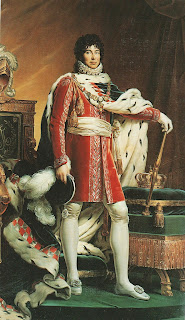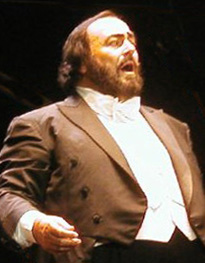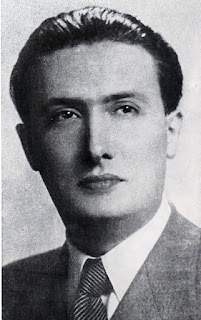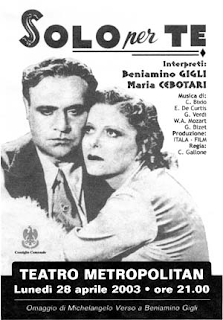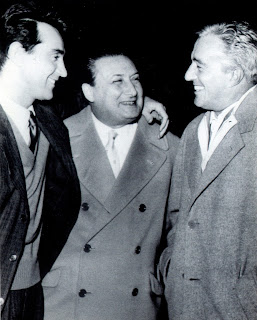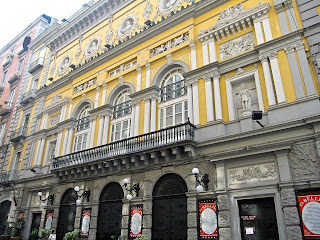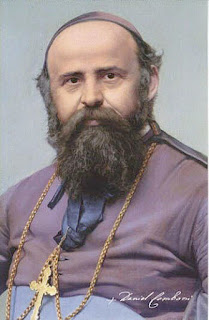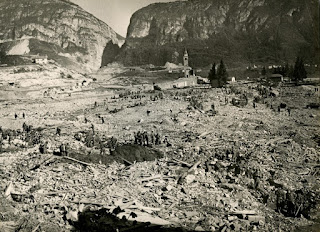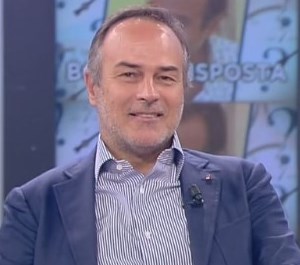Mannerist took the mantle of Tintoretto
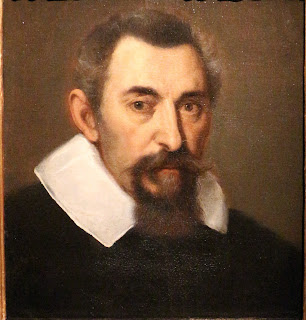 |
| Jacopo Negretti, the Venetian artist better known as Palma Giovane |
Essentially a painter of the Italian Mannerist school, Palma Giovane's style evolved over time and after the death of Tintoretto in 1594 he became the most revered artist in Venice.
He became in demand beyond Venice, too, particularly in Bergamo, the city in Lombardy that was a dominion of Venice, and in central Europe. He received many commissions in Bergamo and was often employed in Prague by the Habsburg Emperor, Rudolph II, who was a noted art connoisseur.
Palma had been born into a family of painters. His great uncle, also called Jacopo, was the painter Palma Vecchio - Palma the Elder - while his father, Antonio Negretti, was a pupil of the elder Palma’s workshop manager, Bonifacio Veronese, whose shop and clientele he inherited after the latter’s death.
The younger Palma is said to have developed his skills making copies in the style of Titian, although the claim in some biographies that he worked in Titian's workshop in Venice is now thought to be incorrect. What is not disputed is that when Titian died, in 1576, Palma was entrusted with finishing his last work, the Pietà, in the Accademia in Venice.
In 1567, Guidobaldo II della Rovere, Duke of Urbino, had recognised Palma’s talents and sponsored him to further his education in Rome, where he remained until about 1572.
 |
| Palma Giovane's 1620 Lamentation of Christ, at the National Gallery of Art in Washington |
Mannerism, from the Italian word maniera, meaning style, is characterised by frequently complex figures with elongated features, often given exaggerated, unusual poses. It is seen as a reaction to High Renaissance art, which emphasised proportion, balance and idealistic beauty.
By the mid-1580s Palma was incorporating Tintoretto’s versatile figure postures and echoes of Titian’s loose brushstrokes and emphasis on light.
Palma worked alongside Veronese and Tintoretto on the decorations in the Doge’s Palace, where he embraced the Venetian tradition. Some of his finest works were the cycles of large canvases he painted for schools or religious brotherhoods and for sacred buildings such as the sacristies of San Giacomo dall’Orio and the Gesuiti, the Scuola di San Giovanni Evangelista, and the Ospedaletto dei Crociferi.
His official commissions at the Doge's Palace included a magnificent portrait of Saint Pope Pius V, commissioned by the Bellanti Counts, an influential family in Tuscany. The painting left Italy after being bought by Major-General Sir Robert Dick, the British soldier and collector, before being returned by Roberto Gagliardi, an Italian art dealer based in London, who purchased it at Bonham's for display at the Museum of Art he established at Chianciano, not far from Siena.
After his death at the age of 80, Palma was interred in the Basilica dei Santi Giovanni e Paolo, a traditional burial place of the doges.
 |
| The Basilica dei Santi Giovanni e Paolo in Venice, where Palma Giovane is buried |
The huge Gothic Basilica dei Santi Giovanni e Paolo, where Palma Giovane is buried, is in the Castello district of Venice. It is one of the largest churches in Venice and after the 15th century the funerals of all Doges took place there. In all, it houses the tombs of 25 Doges. There are many works by Veronese in the Chapel of the Rosary, as well as paintings elsewhere by Lorenzo Lotto and sculptures by Pietro Lombardo. Outside is a statue of Bartolomeo Colleoni, the Bergamo condottiero (mercenary) and a former captain-general of the Republic of Venice, by Andrea del Verrocchio.
Travel tip:
Several of Palma Giovane's works commissioned in Bergamo are on display at the Accademia Carrara, a magnificent palace just outside Bergamo's Città Alta that was built in the 18th century to house one of the richest private collections in Italy. Visitors can view works by the masters of the Venetian, Lombard and Tuscan Renaissances as well as great artists who came later, such as Lotto, Titian, Moroni, Rubens, Tiepolo, Guardi and Canaletto. The gallery, in Piazza Giacomo Carrara, is open Monday, Wednesday and Thursday (10am to 7pm); Friday (10am to 12 noon) and Saturday and Sunday (10am to 8pm).
More reading:
Titian - giant of Renaissance art
Tintoretto - dyer's won whose work still adorns Venice
How Guardi captured the final glory years of the Venetian Republic
Home
